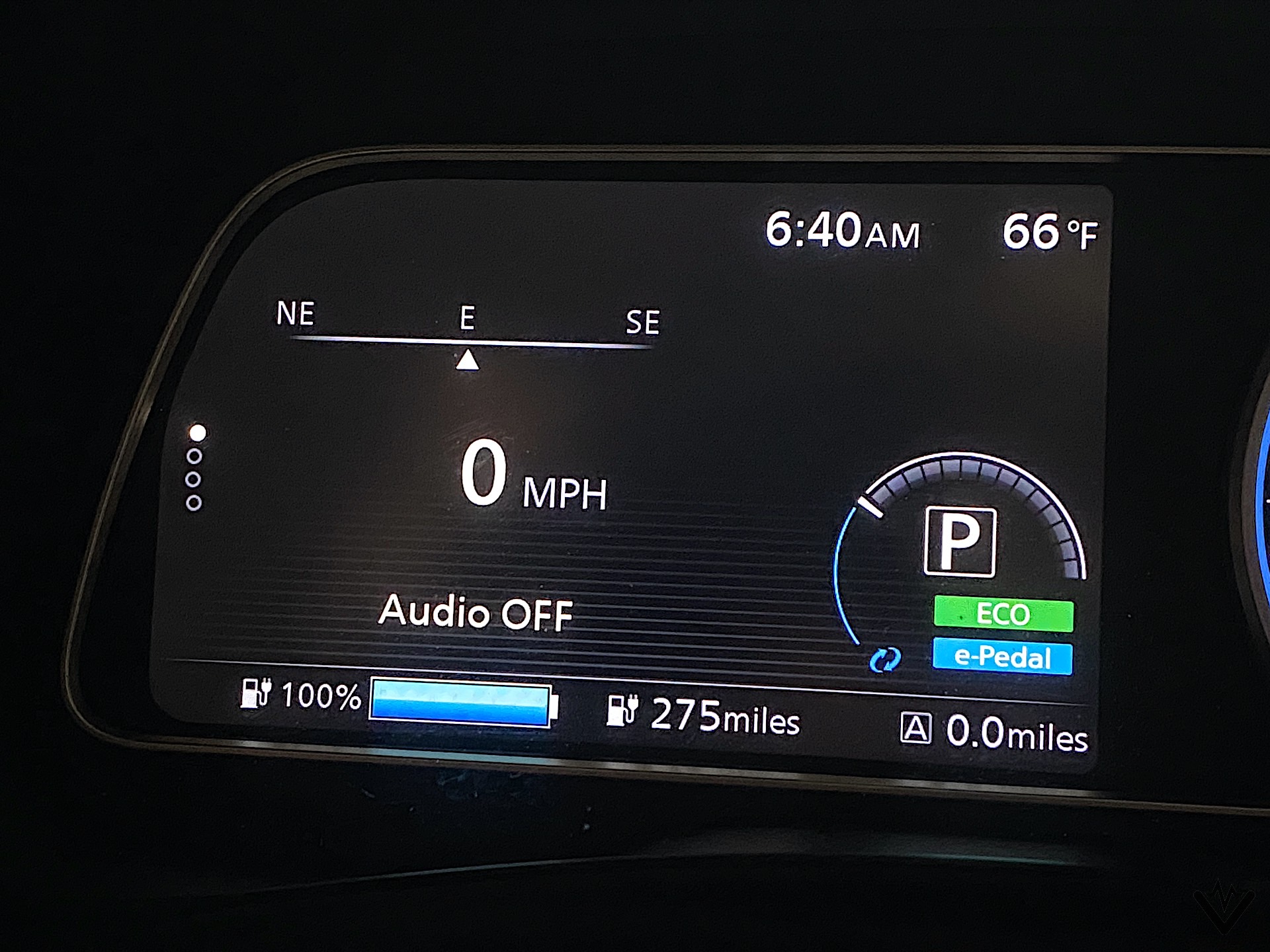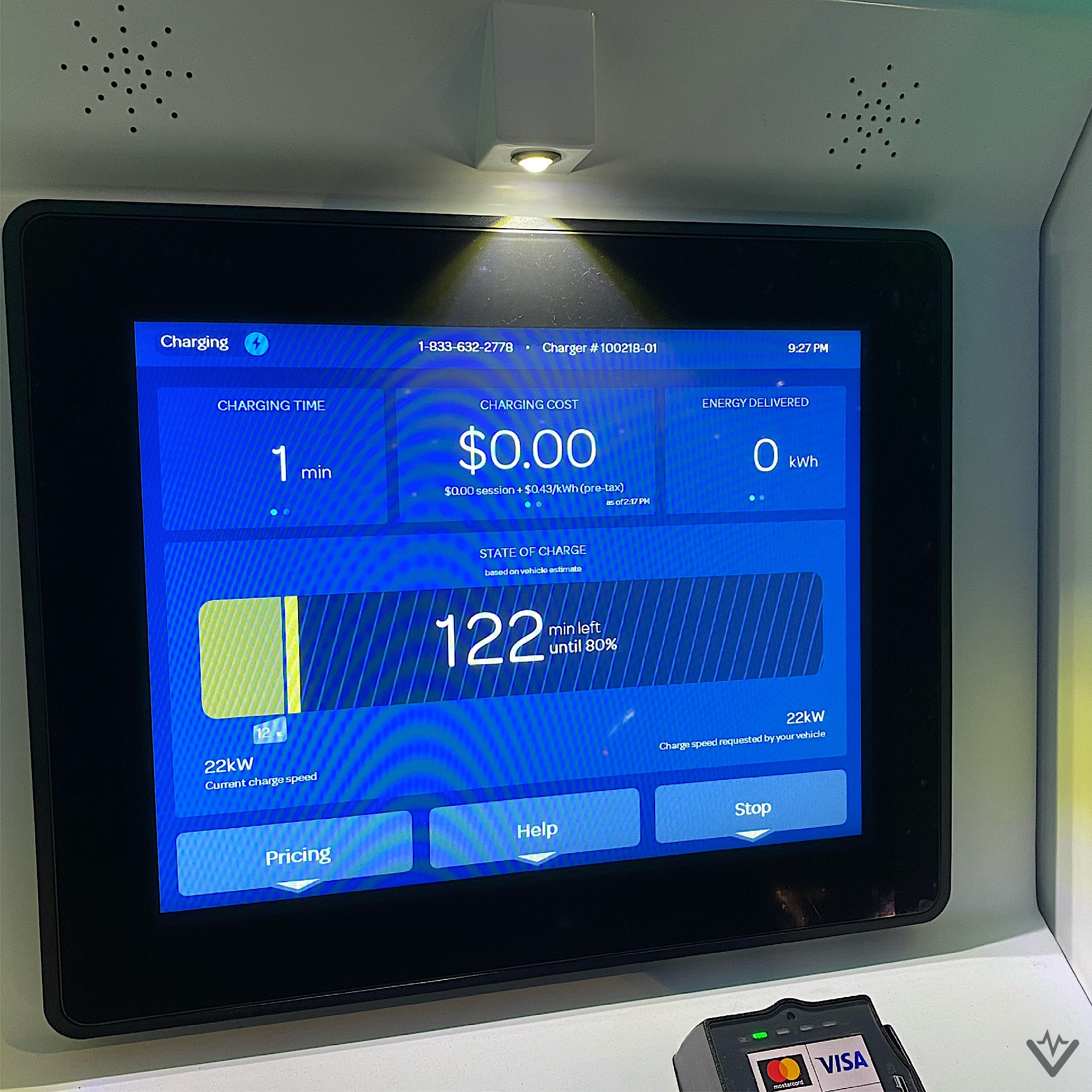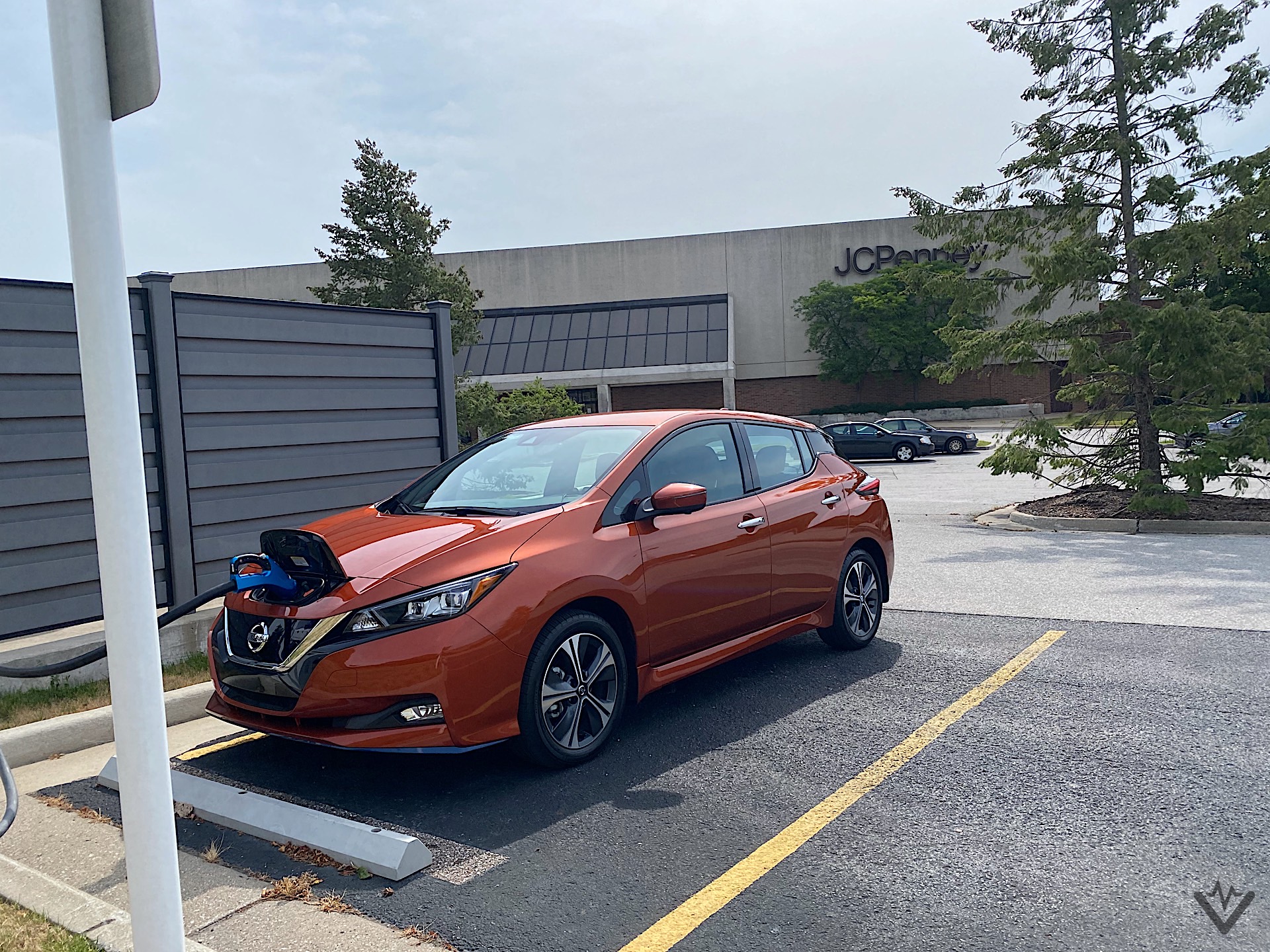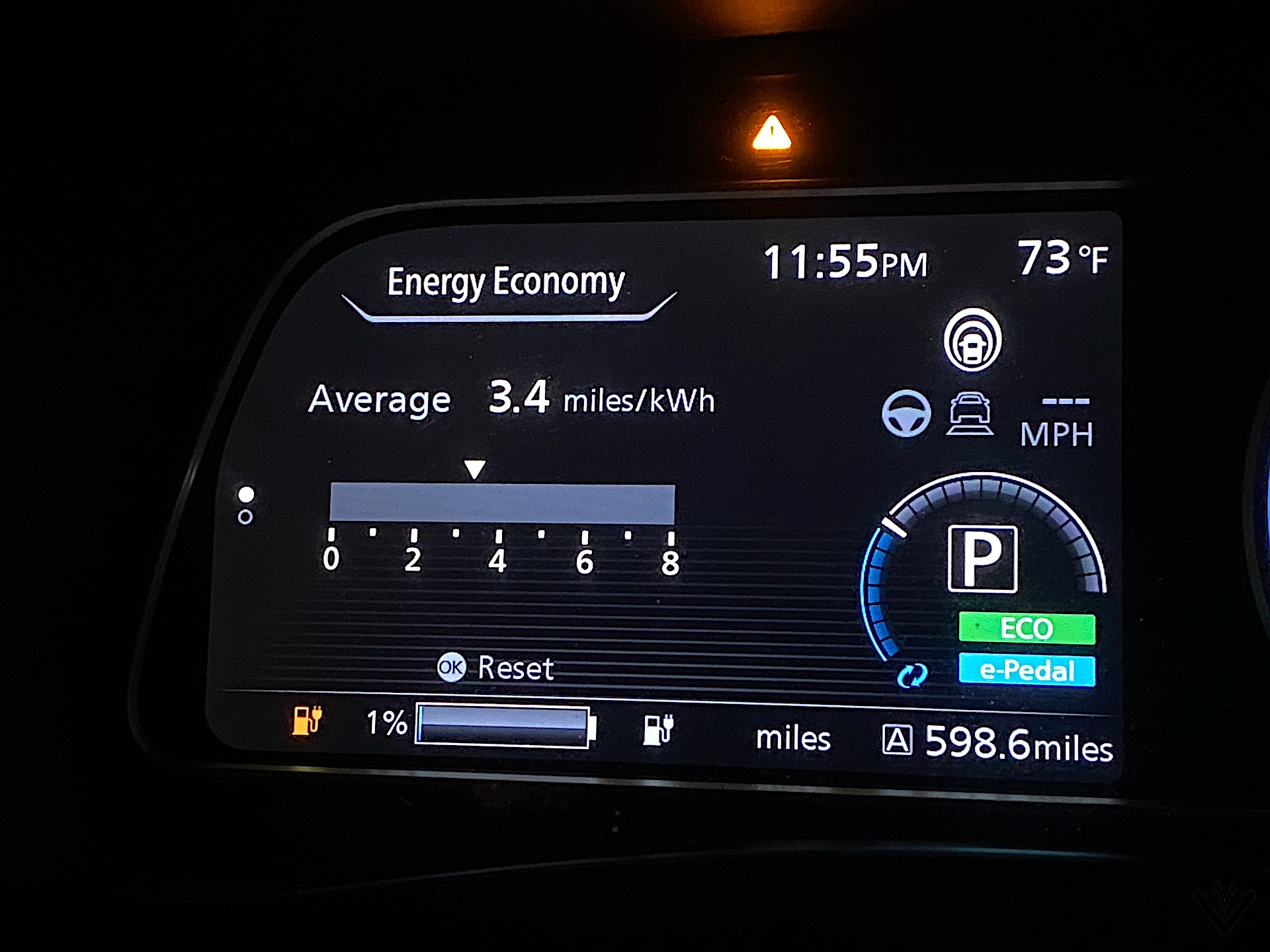We in the United States are unique in that we often buy for the “what if” in life and not the everyday use. Sure, you could rent a pickup truck the twice a year you need to move your RV, but what’s the fun in that? The same applies for EV purchasing. Most people drive less than 50 miles a day, but unless an EV has 300 miles of range people don’t seem to be interested.
While we can’t change consumer buying behavior, we can thoroughly test the EVs we get in, and do some real world analysis on them, their road trip ability, and even how far you can go on a single day of driving. Why? To prove there’s more to EV ownership, and long distance driving, than just the maximum range of the vehicle.
Recently we did just that with our semi-long-term 2021 Nissan Leaf SL Plus. Because of the global panorama, in-person events ceased last year. As states start to open back up, one of the professional media organizations this author is a member of held its first in person meeting. Why not celebrate that milestone by taking a road trip to Chicago to attend?
Chicago or bust

To start things off, the Leaf is extremely comfortable on long trips. While around town the seats might feel stiffer than some of the competition, they’re engineered for long-term comfort. Nissan brands them as Zero Gravity seats, and while that name might be a bit silly they really do stand up on long trips. If all that mattered was seat comfort, we could drive the Leaf Plus for thousands of miles without any real complaint.
Aided by a competent SAE level 2 driver’s assist system — Nissan calls it Pro Pilot Assist — the drive itself can be a fairly relaxing experience.
A 600 mile round-trip day in a gasoline powered car is easy, and would likely take us around 10 hours behind the wheel. In an electric car, it’ll take longer. So how did we do?

When driving a Tesla, to get the farthest the quickest, you want to run the battery nearly completely empty. It’s best to arrive at a Supercharger location with 5% battery. The car charges at its highest rate from about 10% to about 40% before the speed starts to taper offer. Once the charging rate drops below 80-90 kWs, it makes the most sense to stop charging and blast to the next Supercharger station and repeat the process.
Because charging rates slows at a higher state of charge, this process is effective and is how the folks who hold Cannonball records in electric cars finished as quickly as they did.
Some EVs, like Volkswagen’s ID.4, don’t taper off as quickly when charging, making the average charge rate nearly as fast as the higher-speed Tesla chargers. You can see how it responded to fast charging here, when we had the ID.4 recently for a quick 36-hour loan.
The Nissan Leaf, like the Mini Cooper S E, caps out at 50 kW from fast charging. The Mini uses a CCS adapter while the Leaf uses a CHAdeMO connector. The Mini, however, will sit at 50 kW peak charging all the way to 80%, which is impressive.
Achilles’ heel

There is one major drawback to the Leaf’s charging system that doesn’t exist in a lot of modern EVs, and it’s not the inherently slower CHAdeMO charging connector. It’s the lack of active thermal management on the battery pack.
Batteries like to be kept at a specific temperature when charging. It helps protect the longevity of the battery pack and also helps the car charge quicker. The Leaf uses ambient air to perform that function, which isn’t as effective as other means.

So to protect the battery, charge rates are slower when the battery is too hot.
So while 50 kW is a decent rate of charge, especially if you have to stop to eat and use the facilities, if you’re trying to charge after a day of driving you can see charge rates as low as 19 or 20 kW. That’s just too slow to be effective.
Maximum recommended range per day

So how far can you realistically drive during a single day with the Nissan Leaf? Our recommendation would be approximately 350 miles.
When you start off, drive the Leaf until the state of charge is as low as you are comfortable with, then plug into a 50 kW DCFC. Try to time this stop with a food or rest break. The Leaf’s EPA-rated range is 215 miles for the Plus model. After 200 or so miles you’re going to want a break.
When you are charging, make this charging stop a long charging stop. Go from as low in the pack as you’re comfortable all the way to 80 or 90% SoC. The charge rate will drop off past 80% for sure, but stick it out until at least then.
Then go back and hit the road, making that your only DCFC of the day.
You could potentially go farther if you were to make a long stop where you can plug into a DCFC for 2 hours. In our case, it was the actually group meeting. But that’s practical if you are at a destination where you can do other things. So in our overall calculation we don’t count that.
Yes, because you say “you can still go farther than that,” you’re right. You can. But we’d humbly submit that a charge rate of 20 kW is not worth it
Efficiency machine

Our 600 mile journey was a long one, which mostly higher-speed highway driving mixed with slow work zones, and some city driving.
For some parts of the journey we attempted to maximize our range. For other parts of the journey — the hot rainy bits — we went for speed and comfort. We feel this is a reasonably accurate representation of road trip efficiency.
At the end of our trip, we averaged 3.4 miles per kilowatt-hour. With a stated battery size of 62 kWh, that makes the Nissan Leaf Plus’s effective range for a full charge 211 miles. That’s solid efficiency, and comparable to some of the more efficient EVs on the market. Range is limited by battery capacity.
The Leaf is a competent road trip machine. It’s comfortable. It’s reasonably quick. The safety tech is great. It’s efficient. The only thing holding it back from grinding out really long road trips is the charge rate on multiple fast chargers.

Sure, most people aren’t going to use the car that way, but that’s also not how Americans think. What we do expect, though, is to see Nissan’s next full EV — the Ariya — address all of those concerns with both CCS high speed charging and active thermal management. Heck, if it charges quick enough — like over 200 kW — it could end up being the best road trip EV.

